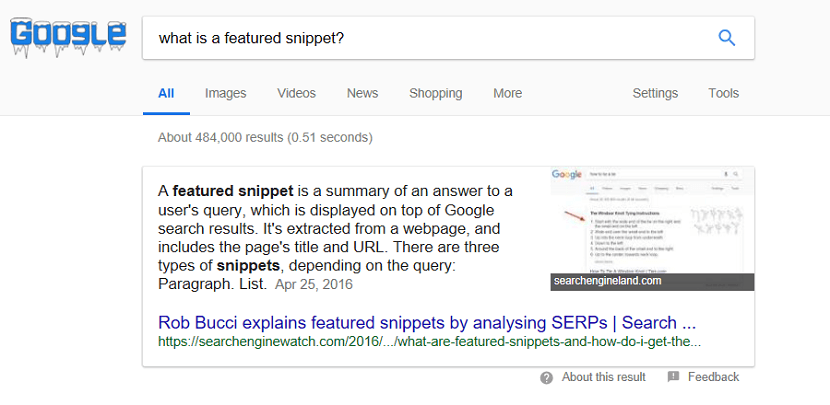Starting a blog can be a great way to drive traffic to your website and improve online customer service and the overall user experience. Whether your business is B2B or B2C, writing a blog can help customers better understand your products or services, and answer questions they’ve yet to think of asking.
Read on for some tips on how to start a blog that will be beneficial to you and your website users.
Answer Questions
Try answering questions that you believe your target audience might be searching for online. For example, if you’re writing for a flooring company, “How long does wood flooring last?” or “What to look for in a flooring company?” could be the title to your first blog post.
Writing blog posts that answer questions not only provides helpful information to your readers, but it’s also more likely to make it into Google’s featured snippets. Featured snippets pull through content from a relevant article to the search engine results page, increasing the likelihood the user will click if the content pulled through does indeed start to answer their question.
When writing with a goal to make it into the featured snippets, ensure you clearly and concisely answer the question early on in your blog post.

Make the Most of SEO
Writing a blog has other SEO benefits. Good quality and fresh content is always good for SEO. Writing on relevant topics, your blog posts will naturally include some of your keywords and give the search engines new material to crawl and help define your business. Ensure you add alternative text to images and use relevant keywords in your metadata to make the most of SEO with every blog post.
Post Multiple Times per Week
According to Forbes, posting 4 times a week will provide you with optimum value, and there’s plenty of research to back this up, including information on traffic increase. However, posting four times a week can be a challenge for smaller businesses, and the importance of doing so will certainly depend on your industry and your goals. Posting 2-3 times a week may be more realistic for your team, or even once a week. Old content still holds value – people are still likely to access your site from a post added months ago if it offers the information they’re looking for, so don’t feel disheartened, every blog you create provides long term value.
Share the Responsibility
Ask multiple authors to write for your company blog. This will divide up the responsibility and make posting frequently more achievable. It’s also very likely that people across your company have different areas of expertise and knowledge to share. You’ll notice that here on the Americaneagle.com blog we have multiple authors, all with different backgrounds, sharing information on everything from development to design to marketing tips!
Educate Your Readers
When you’re writing a blog post, forget the sales tactics. Write to educate your readers on a topic they’re interested in, that you have expert knowledge of. This will help position your company as a thought leader or industry expert, and help build trust among your readers.
Create a Blog Calendar
Creating a blog calendar will ensure you have enough content and ideas to meet your frequency goals. Plan out your blog calendar several weeks or a month in advance, if possible, and tie it to your social media, email and other marketing campaigns.
Write Topical or Relevant Content
Plan your blog around events, holidays and news items that are relevant to your business. If you run a bakery or florist, Valentine’s day may be a big holiday for you. If your business is in sports, maybe the Winter Olympics is of more interest to your readers. Think about how events worldwide affect or interest your target audience, and what knowledge you have to share in relation to these topics.
Contact Us Today!